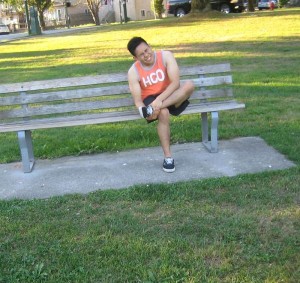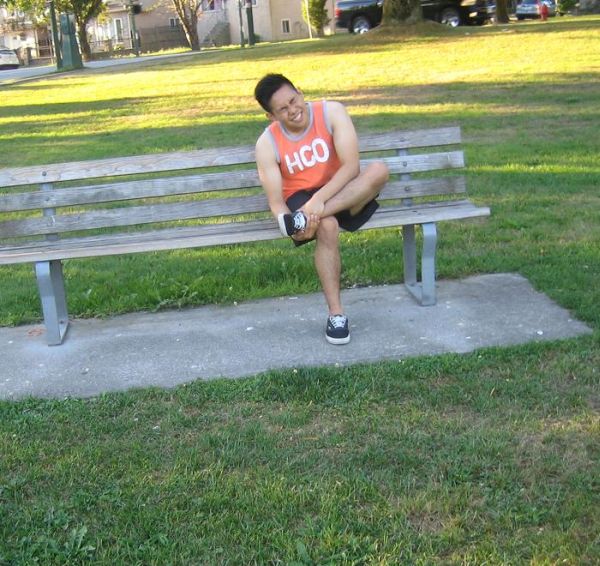/athletes-foot/DS00317″> Athlete’s foot
is a fungal infection that occurs in the moist area between the toes and may progress to the other parts of the foot. It is also called tineapedis or ringworm of the foot, although, no worms are actually involved and only a fungus. The fungal infection develops on the upper layer of the skin of the foot. It is contagious. However, they can be easily treated with over-the-counter antifungal medications. It is the most common type of fungal infection.
Causes of Athlete’s Foot
Fungus Trichophyton is the cause of athlete’s foot. There are many ways to get athlete’s foot and spread to people. After acquiring the fungus, it will then grow inside the shoes, more likely in tight shoes where air cannot move around the feet.
- Direct touch of toes or feet of a person with athlete’s foot
- Although it is possible to spread athlete’s food to other people without actually getting the infection on one’s self
- Sharing socks and shoes
- Walking barefoot in contaminated surfaces, which commonly include
- Locker rooms
- Public showers
- Swimming pools
Symptoms of Athlete’s Foot
Symptoms for athlete’s foot will depend on the type of infection. Conversely, they usually involve a red, burning and itching sensation on the skin between the toes of the feet and the feet itself. Peeling and cracking also occurs also occurs. Sometimes, blisters may also occur. But for specific types of infections, these symptoms are present:
- Toe Web Infection
- Between the fourth and fifth toes
- Scaly, peeling and cracking skin
- Sometimes associated with bacterial infection also, causing further damage
- Moccasin Type Infection
- Soreness on the foot
- Thickening and cracking of heel of the foot
- May infect toenails causing them to thicken, crumble and fall out
- Vesicular Type Infection
- Blister filled with fluids at the sole part of the feet and at the bottom of the foot
- Sometimes associated with bacterial infection also
Treatment for Athlete’s Foot
It is easy to treat athlete’s foot as long as proper medication is given. However, the tips to be mentioned below do not substitute first aid training or medical advice. The following are merely hints on treating fungal infections
- Apply topically an over-the-counter antifungal cream or ointment on the affected area.
- Even after the infected has been cleared, keep using the medicine for one to two weeks to prevent the recurrence of the infection.
- If it does not improve in two to four weeks, seek medical advice and stronger antifungal creams may be prescribed.
- Alternately wear different pairs of shows to allow them to dry out.
Prevention of Athlete’s Foot
The fungus causing Athlete’s foot is commonly found in clothing and floor, which allows it to spread easily. However, this fungus requires a specific living environment for infection to occur. It requires warmth and moisture, thus athlete’s foot can be prevente
- Keep the feet clean and dry, especially between the toes, as they are most prone to moisture.
- Thoroughly wash the feet with water and soap at least twice a day. Make sure that the area is dried completely before putting on anything.
- Use clean, cotton socks and shoes.
- Try removing the insoles of shoes and allow them to dry out.
- Decrease moisture level in shoes by adding medicated powder.
Do not walk barefoot in public areas to avoid coming into contact with surfaces contaminated with the fungus in charge of athlete’s foot.

